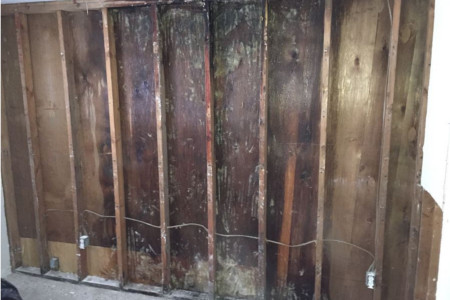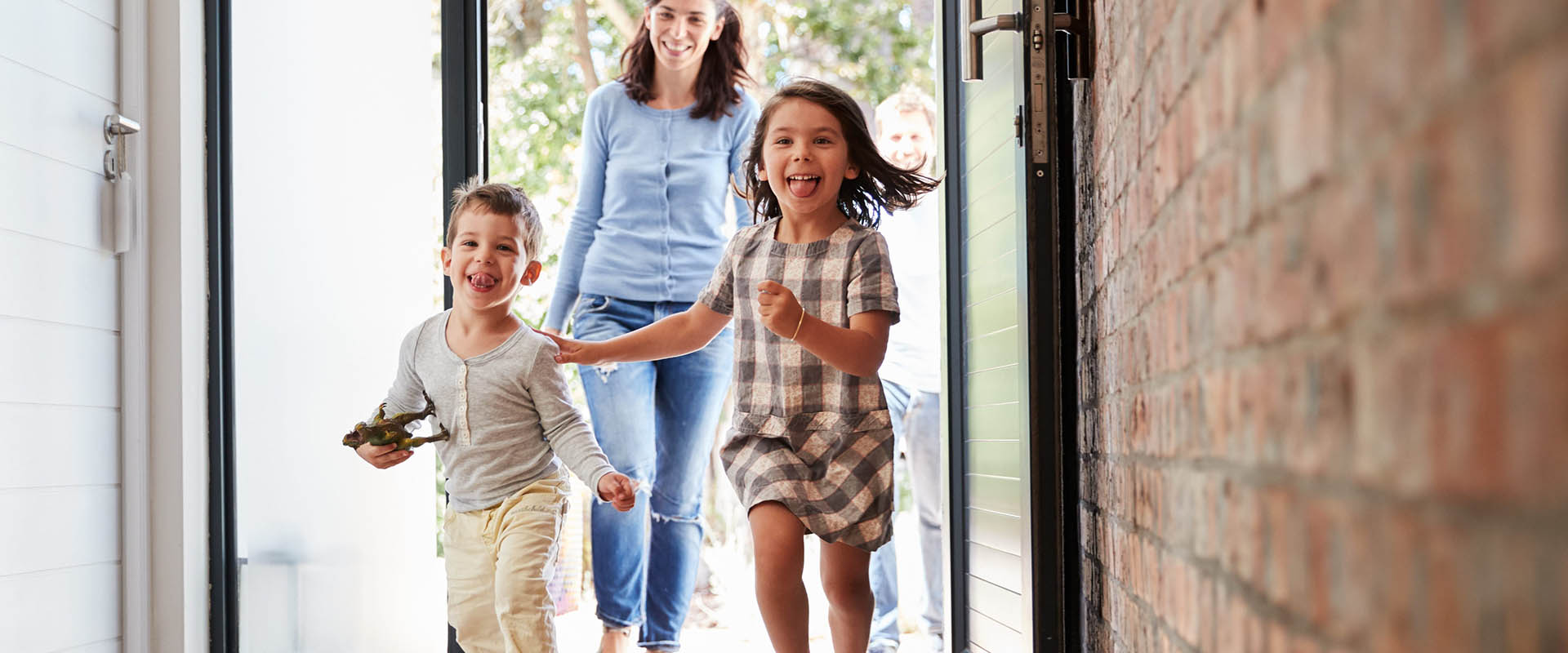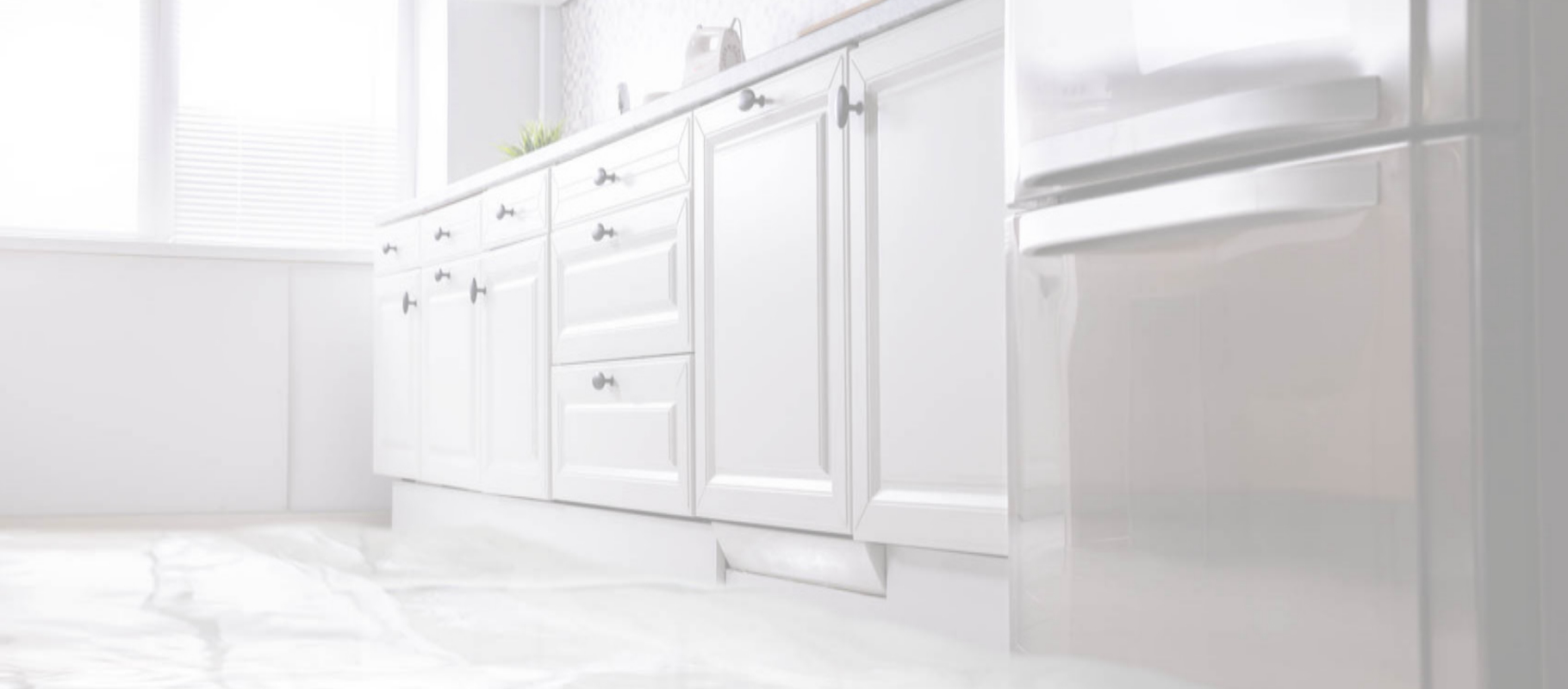24/7
Emergency Services
We Work Directly
With Your Insurance Company
We Help
Save You Money
8 Unexpected Sources of Mold in Connecticut Homes

Mold and mildew can grow in many locations inside and outside a typical Connecticut home. Most homeowners understand that they need to check for mold in warm, moist, and dark environments, like your basement and under your kitchen and bathroom sinks. However, mold can also cause major damage in areas that you might not expect. Here are eight less-known locations that dangerous household mold can grow.
Your Chimney
The brick and mortar crevices in your chimney can trap debris, dirt, and water. Small amounts of mold can develop in these spots. Additionally, if your chimney caps are damaged or missing, rain and snow can get into your chimney, causing large amounts of destructive mold growth.
Drywall and Wallpaper
Drywall material contains a lot of cellulose, an organic material that mold loves to feed on. It can also grow behind wallpaper, feeding on the glue and other materials trapped there. Mold can even grow behind your walls themselves, as these spaces often hold pockets of warm, moist air.
Within Your Ceiling Tiles
You may be used to looking for mold on the floor of your finished basement, but it’s also important to look up. Condensation, humidity, leaking pipes, and other forms of water damage can allow mold to grow in and underneath your ceiling tiles.
In And Under Your Carpeting
Carpet fibers hold dust, dirt, and moisture - an excellent environment for mold to grow in. Mold can also grow on lower layers like your carpet padding and even the wood of your subfloor.
On Your Plumbing and Ductwork
Because of both normal differences in temperature, and abnormal leaks, pipes and ductwork can collect excessive moisture. This moisture can feed mold and mildew growth. Make sure you insulate your Norwalk home, fix any leaks right away, and use a dehumidifier if needed.
Under and Behind Your Refrigerator
Refrigerator water lines are a common source of home water damage. If this water line is installed incorrectly, develops a small leak, or breaks entirely, water damage can occur. This damage can often go unnoticed due to its hidden location, and more water damage usually means more mold.
Near Your Exterior Hose Bib
The hose bib that connects an exterior hose to your plumbing system is another common source of water damage. Freezing Connecticut winters can damage the fixture, fittings, and pipes in these areas. This can result in leaks that allow water to enter the space behind your siding, into your walls, and even into your basement. Mold can then grow freely in these hidden spaces, causing big problems.
In Your Attic
With no plumbing, our attic might not be one of the places you consider high-risk for mold. However, it is a place where excess moisture from multiple sources can build up and create perfect conditions for mold growth. Your roof may leak, or your ventilation may not be sufficient - particularly if bathroom exhaust fans blow hot moist air into the attic.
Get Local, Professional Help With Mold Remediation
No matter the source, all mold damage requires immediate action. Ignoring mold and mildew problems in your Cos Cob home can lead to even bigger problems, up to and including issues with the structural integrity of your home. It’s important to act fast, and get the right help.
At Riverside Restoration, we have the experience, knowledge, tools, and team necessary to tackle any type of water damage and mold and mildew remediation. Don’t risk the safety of your home and the health of your family - contact us today and get your home back to normal as quickly as possible.
Need Help with Restoration & Remediation?
Contact Riverside Restoration

